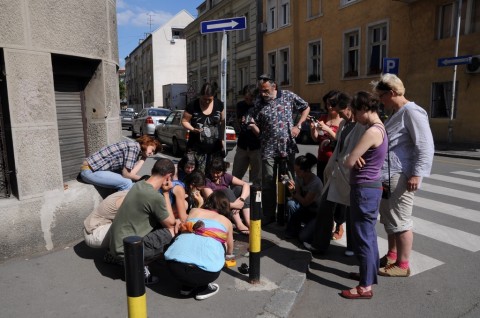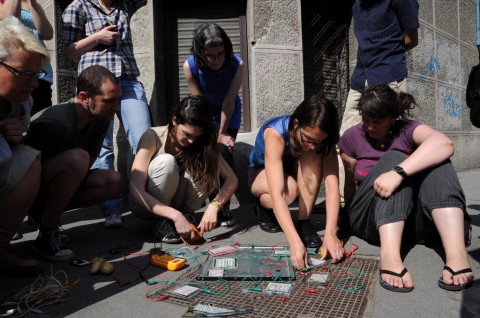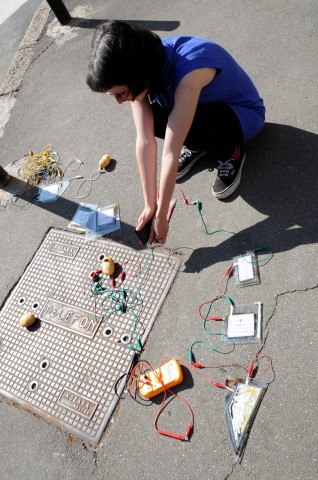Electromagnetic Cityscape
a workshop by Sabrina Basten and Audrey Samson (Genderchangers)
You have things you can’t bare to throw away? Migrate the sentimental value by re-purposing components into a wearable electromagnetic wave sniffer!
Participants are expected to bring an old electronic object (preferably with coils in it) to dismantle. The coils are going to be re-purposed into pick up microphones (mics that pick up electromagnetic frequencies). We will then build an amplifier from components. After that we build the circuit into a wearable device (re-using the old components of the dismatled object). We end the day by a walk through the city and shopping areas discovering the electromagnetic environment.
The ELECTROMAGNETIC CITYSCAPE is about understanding how things work, breaking things open, working with the physical leftovers of planned obsolescence, and re-incarnating old components. It is also about exploring the hidden world of omnipresent electromagnetic waves.
No previous knowledge about electronics is required.
please bring to the workshop: an appliance to dismantle (old radios, TVs, VHS players, mobiles, tape recorders or kitchen appliances) and if you have, a piece of clothing to modify; if you have your own, bring soldering irons, solder and de-solder, tools like plyers, cutters, screw drivers
Participants: 8-10
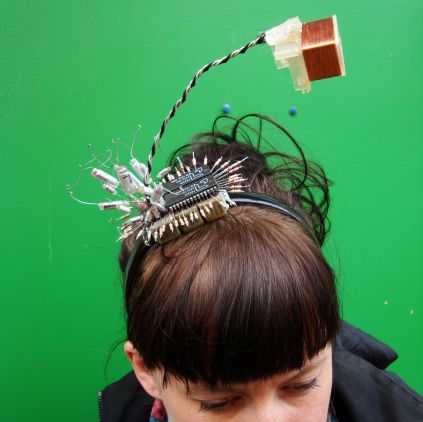
—————————————————————————————————————————
photos from the workshop
10. and 11. 06. 2011.
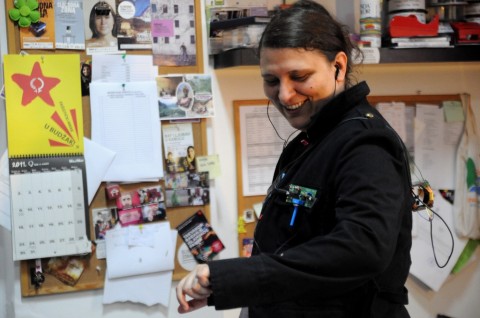


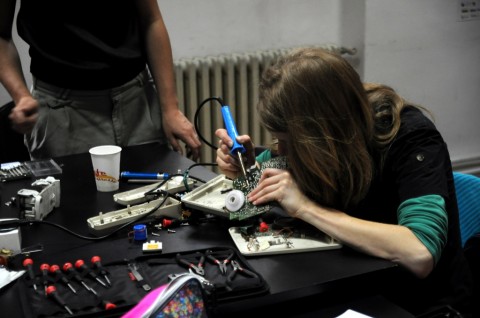

Solar
a workshop by Selena Savić
The workshop is thought of as a place to experiment with manufacturing of solar cells. We will build DIY solar cells, using different materials like copper, broken screens and old transistors. We will test the capacity of these cells and try to use them to power simple devices, that we could then leave in the public space.
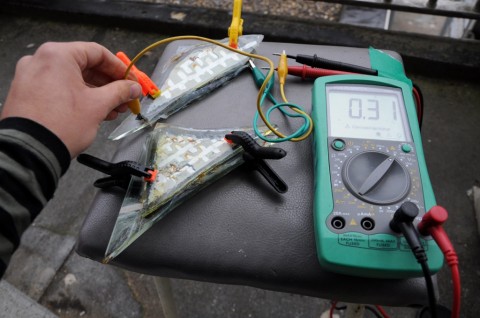
—————————————————————————————————————————
photos from the workshop
13. 06. 2011.
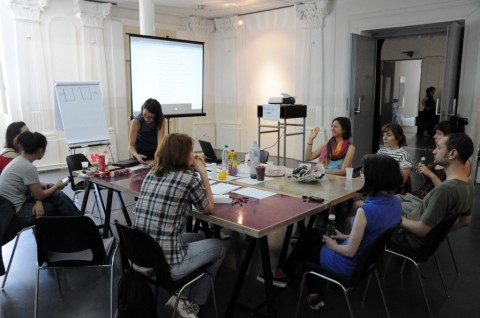
a step-by-step guide:
drawing lines with silver varnish, [photo electrode] (to make the surface more conductive)

covering the surface with TiO2 – titanium dioxide [semi-conductive electron receptor]

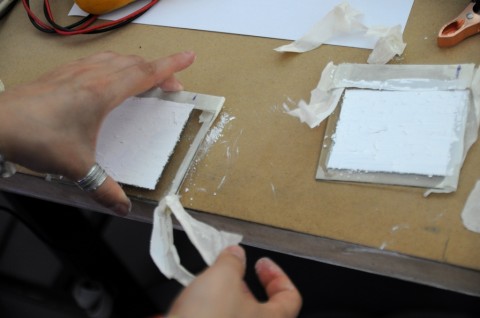
preparing the dye (raspberries and mulberries)
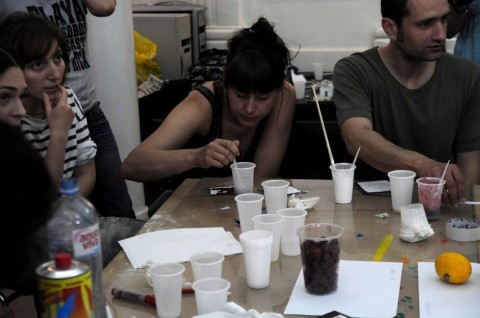
covering one sheet of the cell with dye

covering the other sheet with carbon [catalyst]
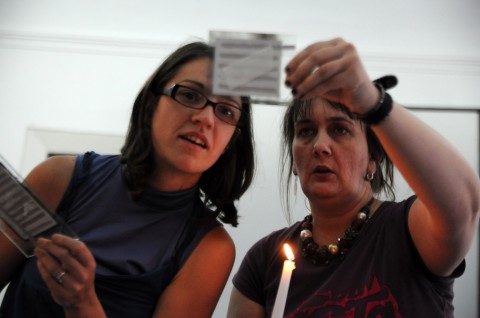
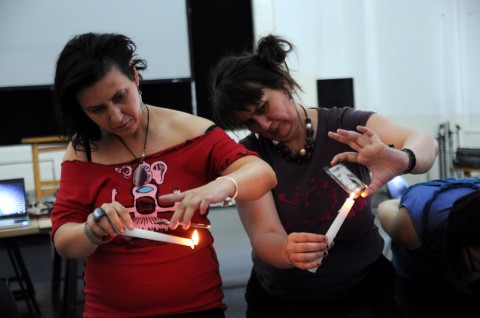

closing the cell with silicon, after adding some drops of betadine in between the sheets [electrolyte]
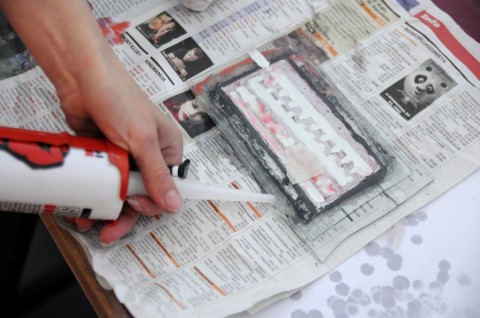
on the street, measuring capacities:
